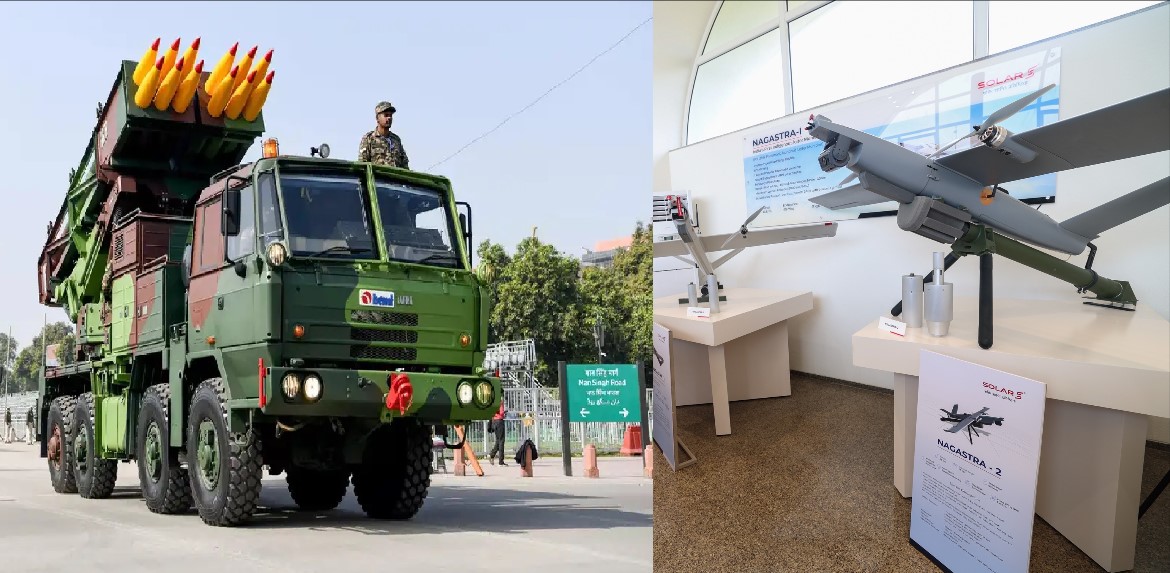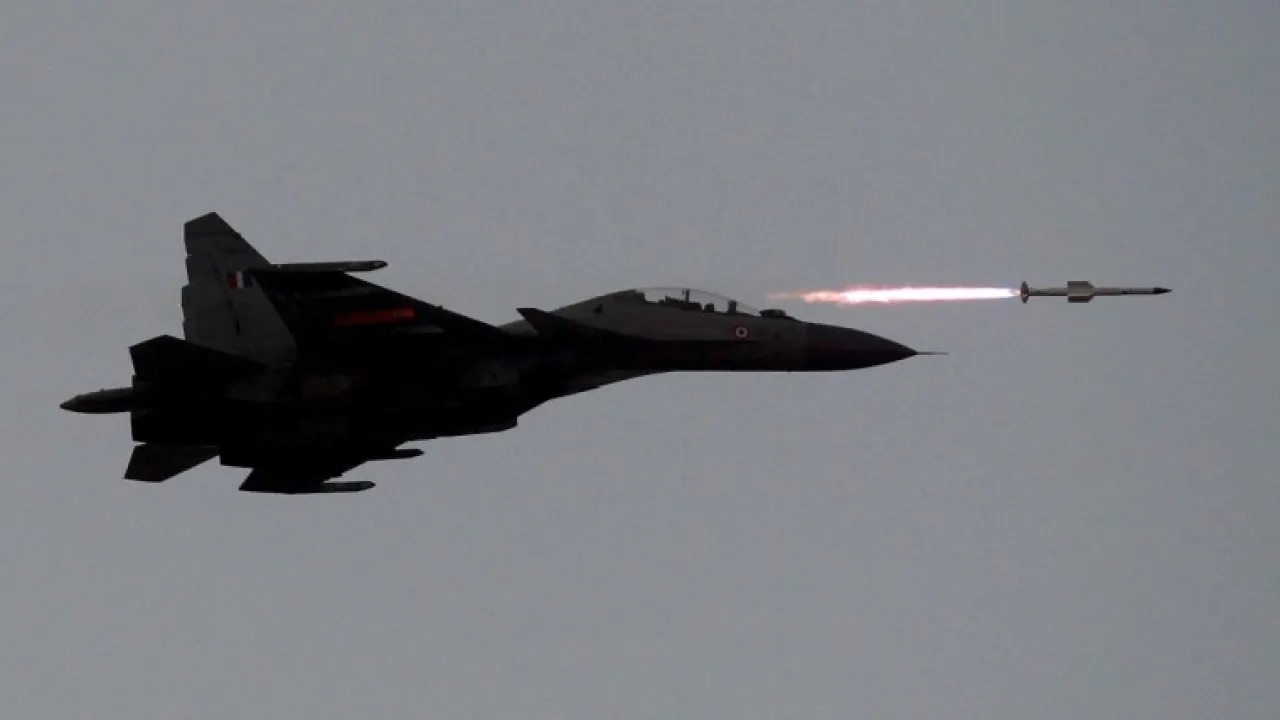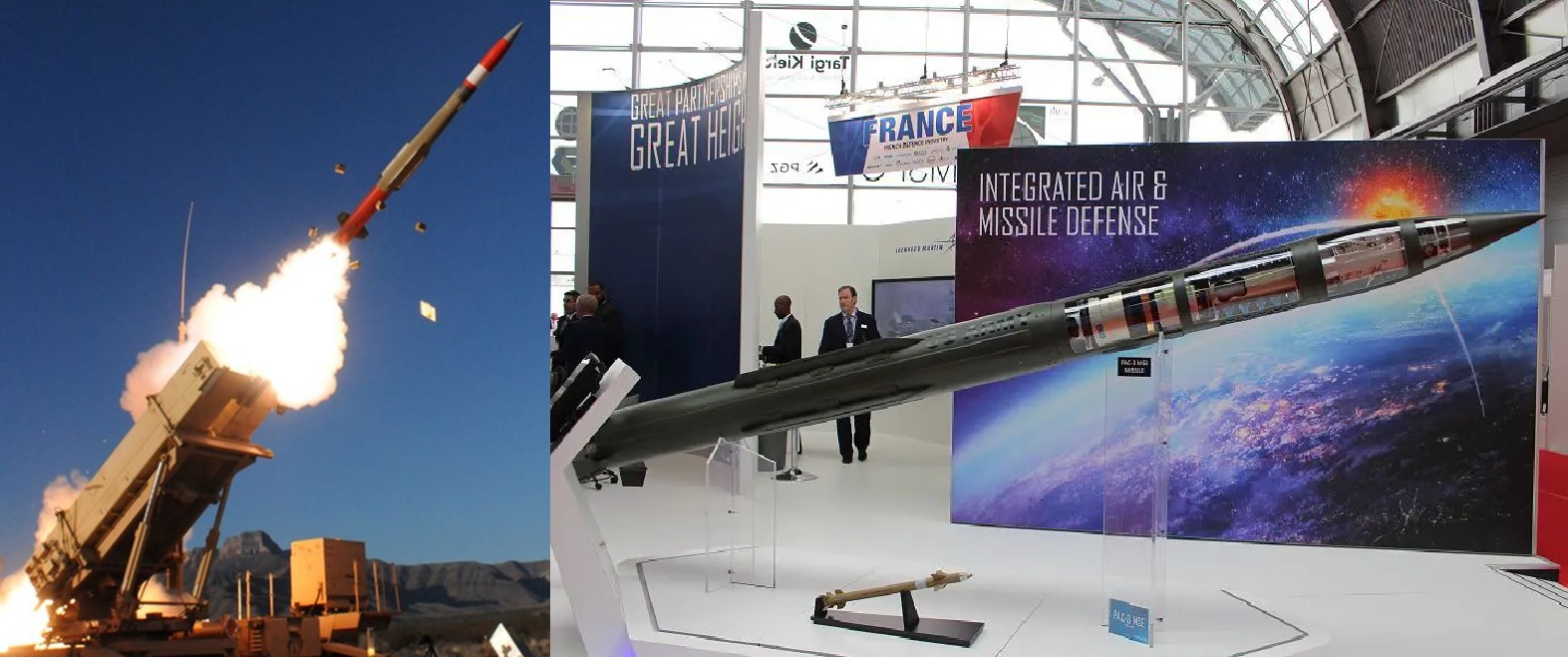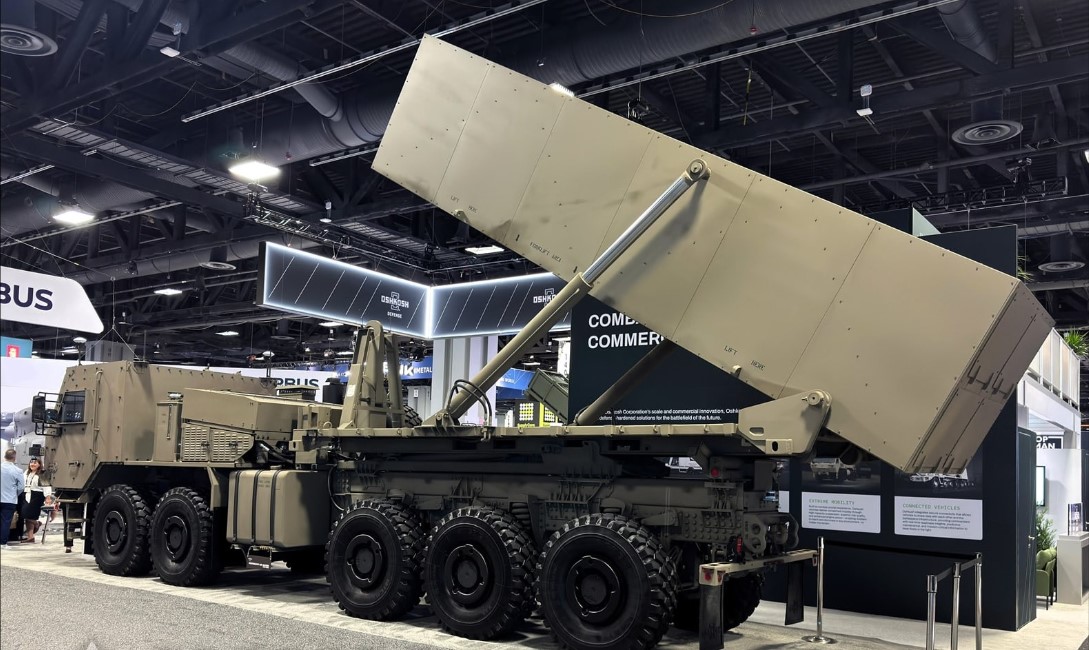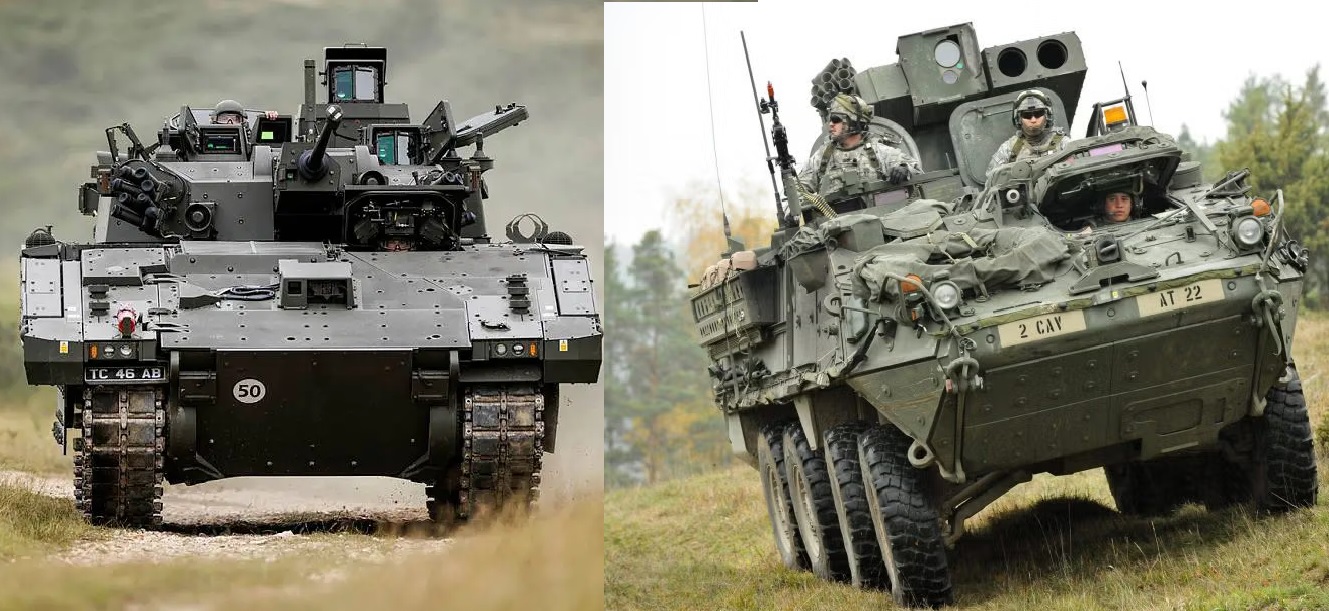US and Japan Collaborate on Counter-Hypersonic Missile System

Latest Defense News
Japan ,U.S
The United States and Japan have solidified plans to jointly develop a counter-hypersonic missile system, marking a significant step in bolstering their defense capabilities. The initiative, known as the Glide Phase Interceptor (GPI) Cooperative Development program, was formalized during the security consultative committee meeting in January 2023.
A statement from the White House, issued during Japanese Prime Minister Fumio Kishida’s visit to the US, reaffirmed the commitment of both nations to combatting hypersonic threats. The specifics of the GPI program remain undisclosed, although it has been confirmed that Northrop Grumman and Raytheon, under contract from the US Missile Defense Agency, will individually contribute to refining the GPI concept.
Preliminary information suggests that the interceptors will be deployed through the ship-based Aegis Weapon System, targeting hypersonic glide vehicles just prior to their atmospheric entry. This approach entails modifications to the existing Aegis infrastructure and the development of new interceptors tailored to counter hypersonic threats.
Hypersonic weapons, characterized by their ability to travel at speeds exceeding Mach 5 and maneuver unpredictably at lower altitudes, pose a formidable challenge for traditional missile defense systems. Unlike ballistic missiles, which follow predictable trajectories, hypersonic missiles present a more elusive target due to their agile flight patterns.
To address the tracking and monitoring aspect of hypersonic threats, the Space Development Agency has contracted L3Harris Technologies and Northrop Grumman to develop a constellation of low Earth orbit satellites. These satellites, totaling 28 initially and projected to reach 100 in number, will enhance the capability to detect and track hypersonic vehicles traversing the atmosphere.
Notably, Japan had previously announced plans to launch three satellites in the mid-2020s dedicated to detecting and tracking hypersonic glide vehicles, particularly those being developed by China and Russia. The potential for US-Japan collaboration in establishing a satellite network to further bolster hypersonic threat detection and tracking has been speculated upon by various sources.
The collaborative efforts between the US and Japan underscore a shared commitment to countering emerging security challenges posed by hypersonic technology. By leveraging technological advancements and fostering international cooperation, both nations aim to enhance their defense capabilities in the face of evolving threats.
✍️ This article is written by the team of The Defense News.
